After his father’s death, Caracalla seized control and immediately began to murder everyone in the court; he killed the physicians who had refused to obey his orders to hasten the old man’s death and also murdered those men who had reared his brother and himself because they persisted in urging him to live at peace with Geta. He did not spare any of the men who had attended his father or were held in esteem by him.
(Herodian, History of the Empire, XV-4)
Thus began the reign of Marcus Aurelius Severus Antoninus Augustus, the emperor more commonly known as Caracalla.
Welcome back to The World of Isle of the Blessed, the blog series in which we look at the research that went into the creation of the latest Eagles and Dragons historical fantasy novel.
In Part V, we looked at the death of Emperor Septimius Severus in York. If you missed that post, you can read it HERE.
In Part VI we are going to explore the immediate aftermath of Severus’ death, and how a mysterious archaeological discovery gives some interesting clues about the bloody beginning of Caracalla’s reign.

Septimius Severus and Caracalla (painting by Jean-Baptiste Greuze; Department of Paintings of the Louvre)
It could be argued that the death of Septimius Severus in York (Roman Eburacum) in A.D. 211 was one of the most pivotal moments in Rome’s history, that it was perhaps the beginning of the end for the Empire.
Severus had always been a strong leader who had decisively won out over his opponents in the civil war, who had conquered the Parthian Empire, and perhaps most importantly, had nurtured the loyalty of the legions.
As Cassius Dio tells us, one of the final pieces of advice to both of his sons was to “be harmonious, enrich the soldiers, and scorn all other men.”
But harmony between his sons and heirs, Caracalla and Geta, was something that would never come to be. As explored in Killing the Hydra (Eagles and Dragons Book II), after the death of Plautianus, Severus’ previous, traitorous Praetorian prefect, the two brothers were constantly at odds, running amok in Rome.
That was one of the reasons the sources give for the Caledonian campaign, that it was to give his sons a sense of purpose.
His belief in his sons, especially in Caracalla, might have been Severus’ fatal flaw when it came to the health of the Empire. Dio tells us “he had often blamed Marcus [Aurelius] for not putting Commodus quietly out of the way and that he had himself often threatened to act thus toward his son [Caracalla]”.
But Severus erred and made the same mistake as Marcus Aurelius, and set his son upon the imperial throne. Only this time, there were two heirs, and if one thing is certain, imperial power was never easily shared.
When Septimius Severus finally passed away in Eburacum, (Roman York) on February, A.D. 211, Caracalla made his bid to secure power immediately.
As have other rulers in Rome’s history, he began by eliminating his perceived enemies, those who posed an immediate threat.
This did not include his brother Geta at first, for Geta was also well-loved by the men of the legions as Severus’ son, and Caracalla needed the legions’ loyalty.
Others were not so fortunate.
As Herodian tells us in the quote above, Caracalla began to “murder everyone in the court”.
But how and where did he do this?
In the early 2000s, a gruesome discovery beneath a patio in York hints at what might have happened.
What this archaeological discover entailed aligns well with what we are told of Caracalla’s bloody start to his reign, and hints at the madness or paranoia that already had a hold on the young emperor.
As it turns out, the discovery in York entailed the burials of over 30 male skeletons, all of them between the ages of twenty and forty.
The strange thing about these skeletons was that they were all decapitated…executed. And they date to the beginning of Caracalla’s reign.
The heads of the bodies were places in strange positions – some by the feet or between the legs and some face down. There are even two skeletons in which the heads were exchanged, the one put with the other.
Ancient Romans took death and burial seriously, but in this instance there is little respect shown to the skeletons.
From the forensic evidence, experts believe that these men were executed by beheading.
Some of the bones display horrific injuries too. A few show a single, clean cut through the vertebrae of the neck, but others show a brutal end with one skeleton displaying eleven separate cuts to the neck on all sides, plus a massive head trauma.
So, who were these men that Caracalla would strike so brutally at them?
The theories vary, but it seems likely that most of them were Praetorians who had been loyal, not only to his father, but to Papinianus, the Praetorian Prefect. These were men Caracalla felt he did not have their loyalty. But there were possibly others among the slain.
It is quite possible that among the dead are the remains of the doctors who refused to help speed the emperor’s passing when requested by Caracalla. Also, Severus’ loyal freedman, Castor, is a possible victim, for he was often at odds with the young Caesar and had Severus’ confidence. Another who had helped to rear Caracalla and Geta, and who is said to have often annoyed the former, was their tutor, Euodus. Was he also among the decapitated dead?
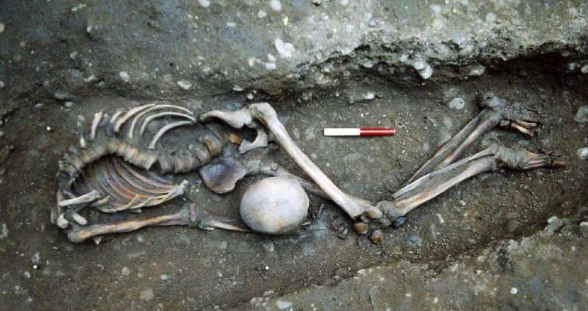
One of the decapitated bodies found as if thrown unceremoniously into the ‘grave’ (photo: York Archaeological Trust)


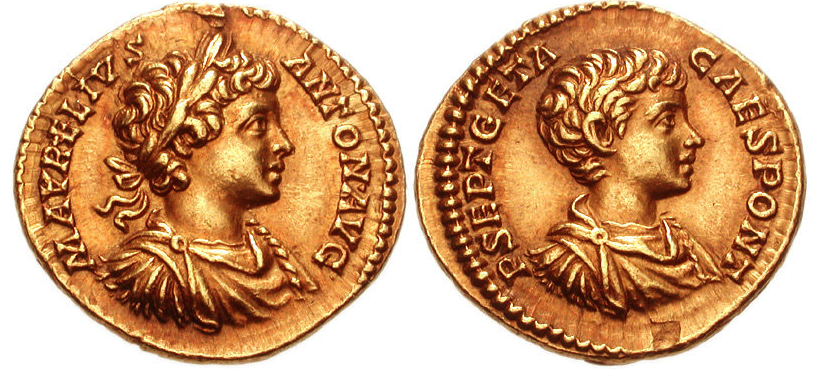
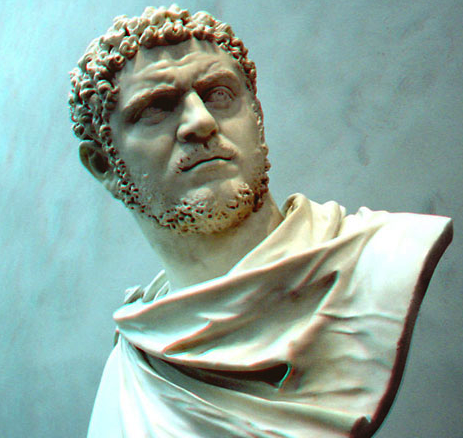

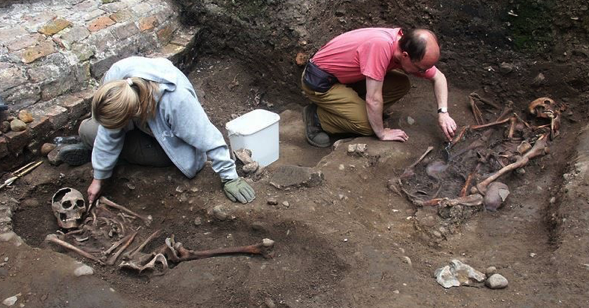
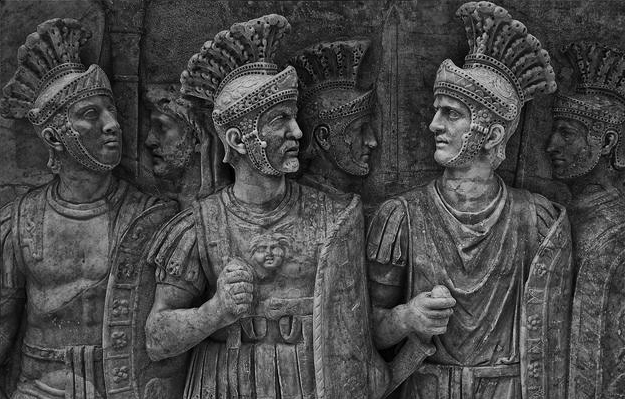
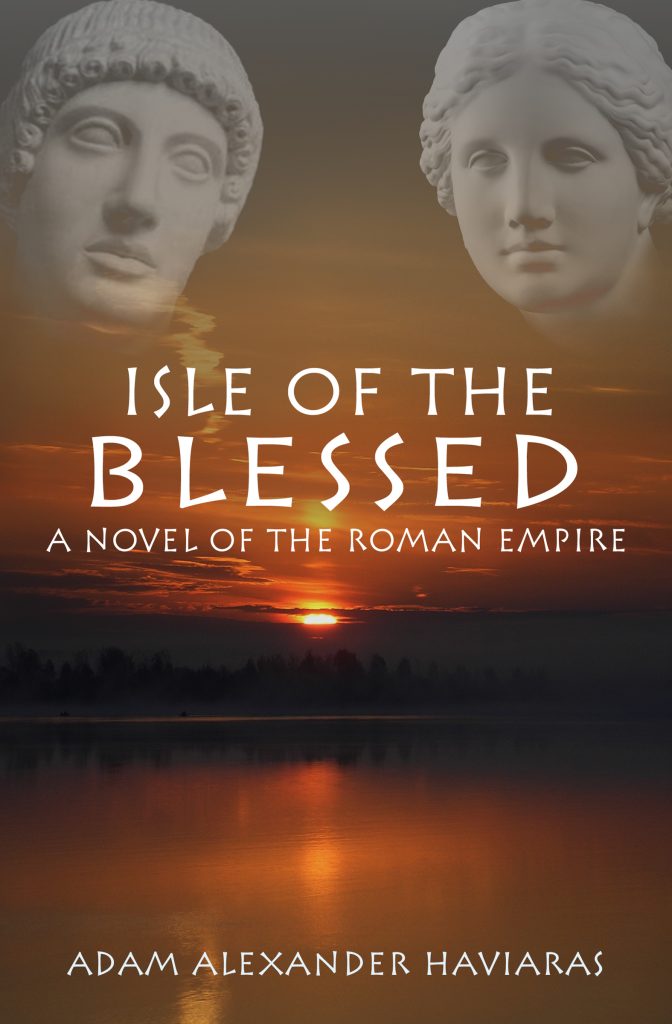

Hi Adam, You have wetted my appetite now for the rest of Septimus Severus Campaigns. My family know what to get me for X,mas. Love this post, so many thanks.
Glad to hear it, Rita! 🙂 One more post in this series, then, on to The World of The Stolen Throne! Have a lovely weekend. 🙂
Very interesting post, thank you.
Caracalla was such a nasty piece of work but in my time travel novel I couldn’t give full justice to all of the possible gory genocidal details of the Caledonian Campaign. His relentless carnage after Severus’ death was implied, details only barely hinted at, since the novel is for early teens through adults.
Thanks for your comment, Nancy. Caracalla was certainly not a nice individual to put it lightly. And this episode is definitely not one to put in your early teen novel (which sounds brilliant!). Glad you enjoyed this post! 🙂